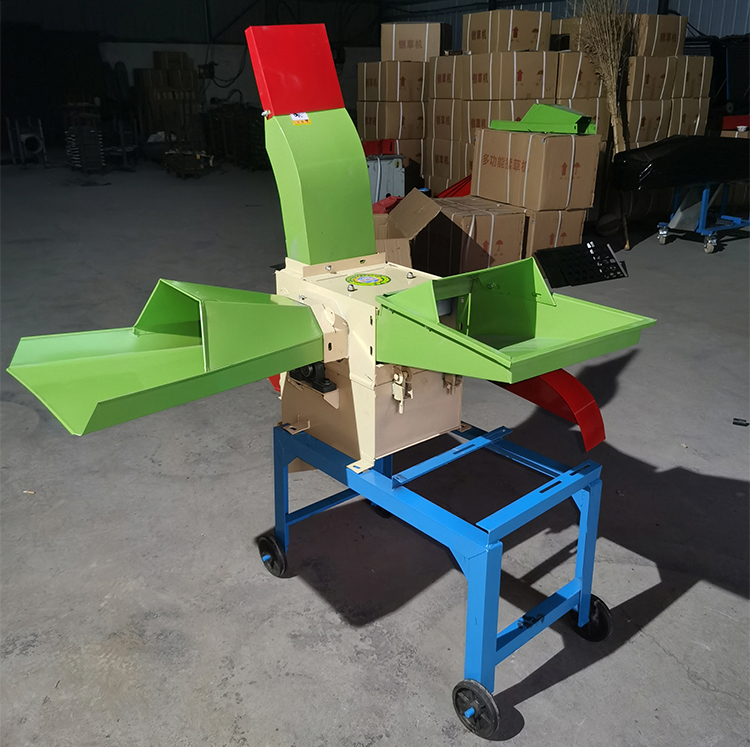electric scalder
Dec . 07, 2024 00:14 Back to list
electric scalder
The Revolutionary Electric Scalder Transforming the Meat Processing Industry
In the modern age of technology, the food processing industry has witnessed significant transformations aimed at improving efficiency, hygiene, and quality. One innovation that stands out is the electric scalder, a tool designed primarily for the poultry processing sector but increasingly relevant across various meat types. This article delves into the working principles, benefits, and future prospects of electric scalders.
Traditionally, scalding has been an essential step in poultry processing, designed to loosen feathers for easier plucking. The process typically involves immersing birds in hot water. However, conventional scalding methods often raise concerns regarding energy consumption, water usage, and hygiene. In response, manufacturers have developed electric scalders that provide a more efficient, sustainable, and hygienic alternative.
Electric scalders operate by using electric heating elements to warm water to the required temperature. This method allows for precise control over the temperature and duration of the scalding process – two critical variables that directly affect feather removal and meat quality. By maintaining a consistent temperature, electric scalders ensure that the scalding process is uniform, reducing the risk of over- or under-scalding, which can lead to feather retention or damage to the skin.
One of the primary benefits of electric scalders is their energy efficiency compared to traditional methods
. Older systems rely on large boilers that consume significant amounts of energy and water. In contrast, electric scalders can operate on a smaller scale, delivering heat directly where it is needed. This efficiency not only reduces energy costs but also minimizes water waste, aligning with the increasing demand for sustainable practices in food production.electric scalder

Moreover, electric scalders enhance hygiene by reducing the risk of contamination. Traditional scalding involves large tanks of warm water, which can harbor bacteria and pathogens if not carefully monitored. Electric scalders allow for a closed-loop system where water temperatures are consistently regulated, meaning less chance of bacterial growth and cross-contamination. This is particularly vital in an industry that operates under strict food safety regulations.
Electric scalders also contribute to improved product quality. By employing precise temperature control, they help maintain the integrity of the meat, ensuring it remains tender and free from blemishes often caused by scalding errors. Furthermore, the uniformity achieved through electric scalding results in a more consistent product, which is crucial for both consumer satisfaction and brand reputation.
In addition to these benefits, the electric scalder's design promotes ease of use and maintenance. Many models are equipped with user-friendly interfaces that allow operators to set and monitor temperatures effortlessly. Additionally, the reduced complexity of electric systems results in lower maintenance costs, further enhancing the tool's appeal within the industry.
Looking ahead, the future of electric scalders appears promising, especially as the demand for efficient and sustainable food processing methods continues to grow. Manufacturers are likely to innovate further, integrating smart technology into electric scalders – think IoT-enabled devices that provide real-time temperature monitoring and data analytics. Such advancements could lead to even greater efficiency and control, positioning electric scalders as essential tools in the evolving landscape of the meat processing industry.
In conclusion, electric scalders represent a significant advancement in the poultry and meat processing sectors. By offering energy efficiency, enhanced hygiene, and improved product quality, these tools are transforming traditional practices and setting new industry standards. As technology continues to evolve, we can anticipate even greater innovations that will reinforce the role of electric scalders in producing safe, high-quality meat products. The future of meat processing is not just about meat; it's about embracing technology that respects both the product and the planet.
-
Hot Sale 24 & 18 Door Rabbit Cages - Premium Breeding Solutions
NewsJul.25,2025
-
Automatic Feeding Line System Pan Feeder Nipple Drinker - Anping County Yize Metal Products Co., Ltd.
NewsJul.21,2025
-
Automatic Feeding Line System Pan Feeder Nipple Drinker - Anping County Yize Metal Products Co., Ltd.
NewsJul.21,2025
-
Automatic Feeding Line System - Anping Yize | Precision & Nipple
NewsJul.21,2025
-
Automatic Feeding Line System - Anping Yize | Precision & Nipple
NewsJul.21,2025
-
Automatic Feeding Line System-Anping County Yize Metal Products Co., Ltd.|Efficient Feed Distribution&Customized Animal Farming Solutions
NewsJul.21,2025






